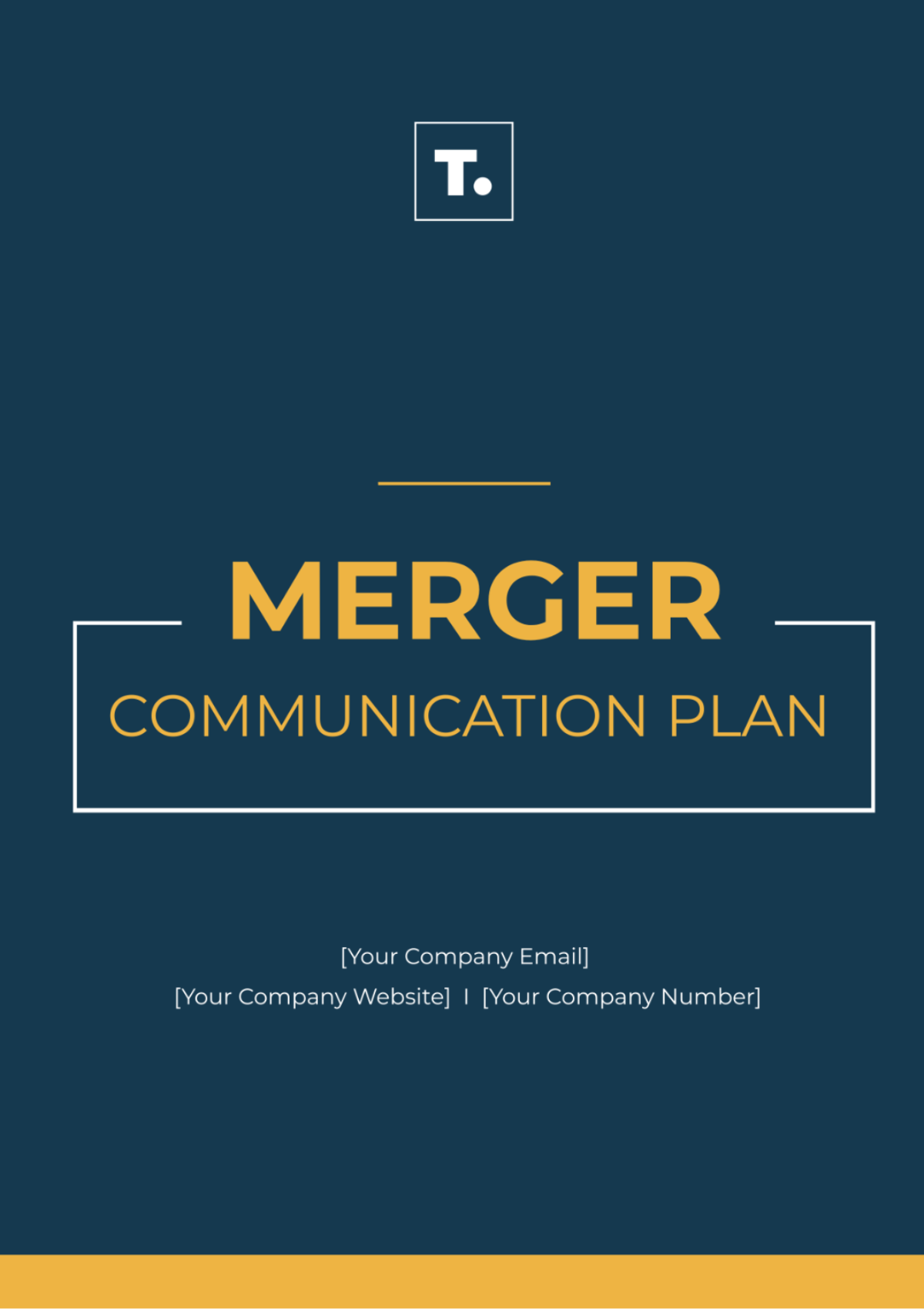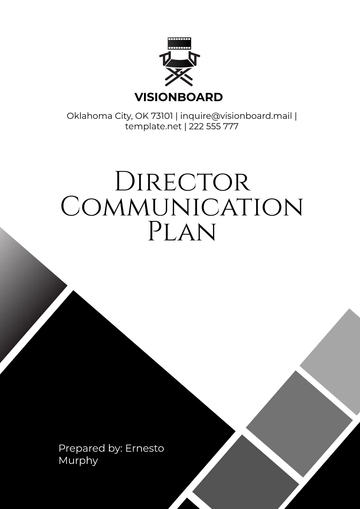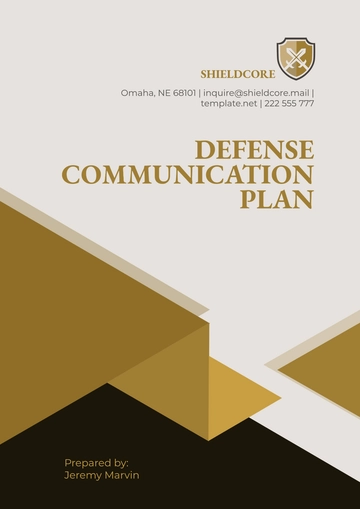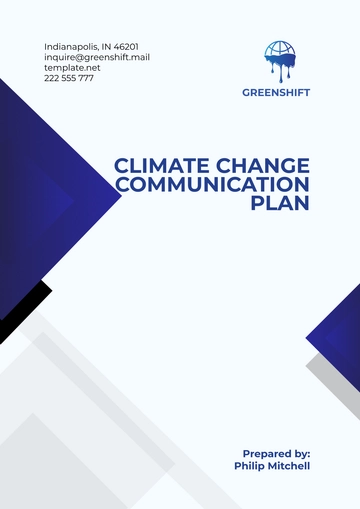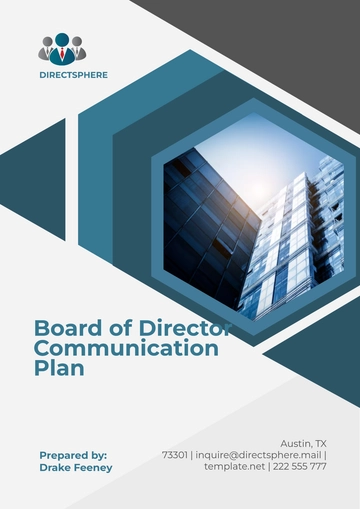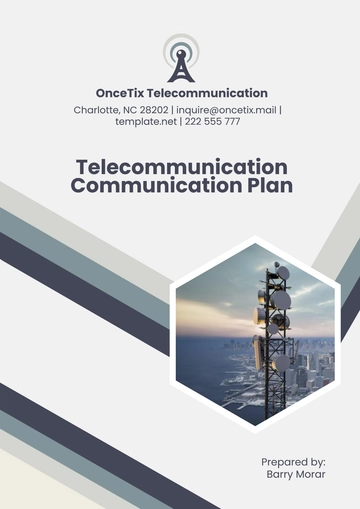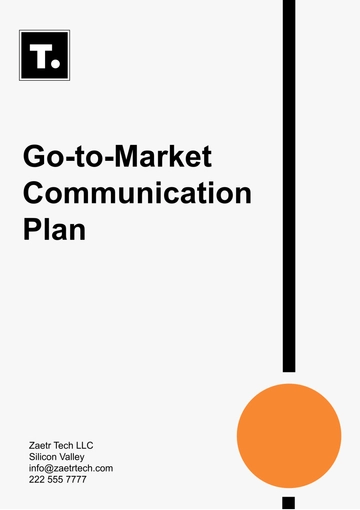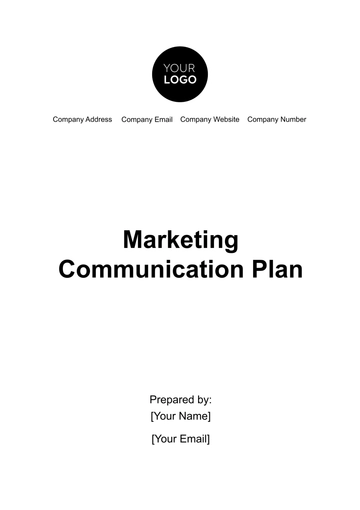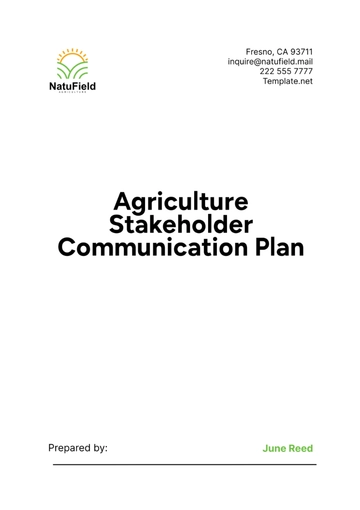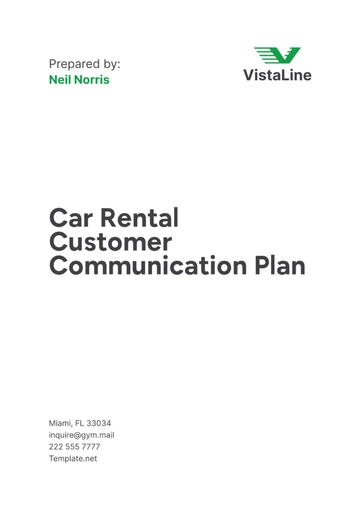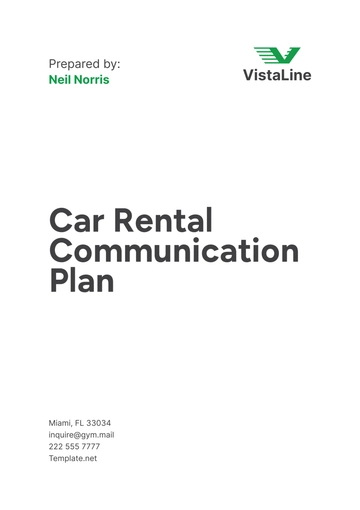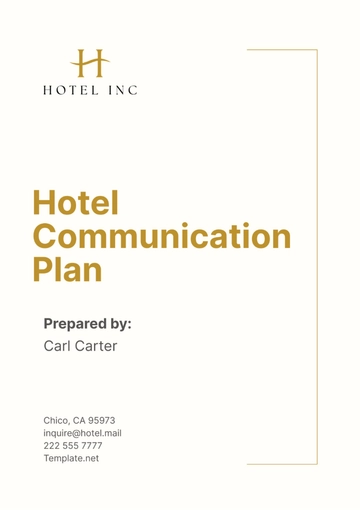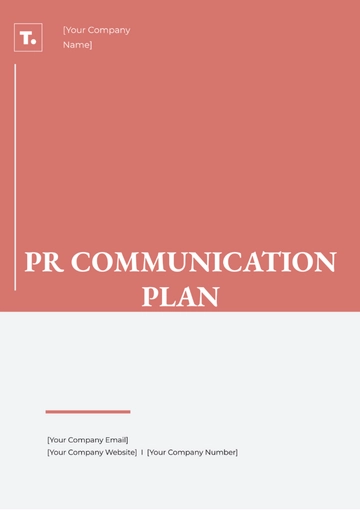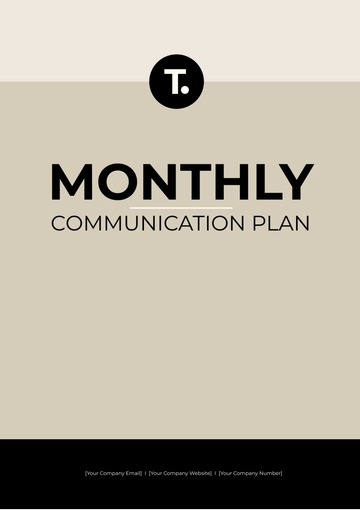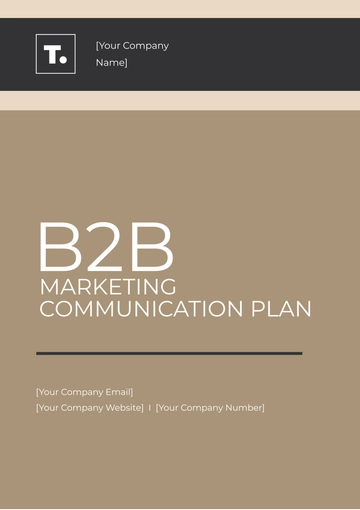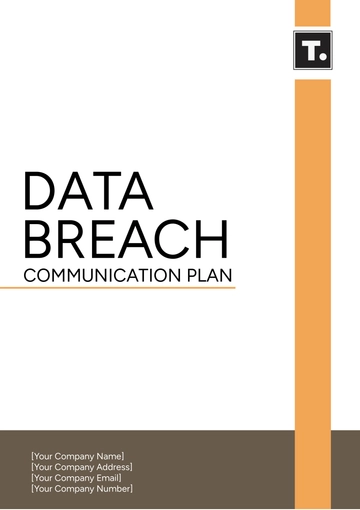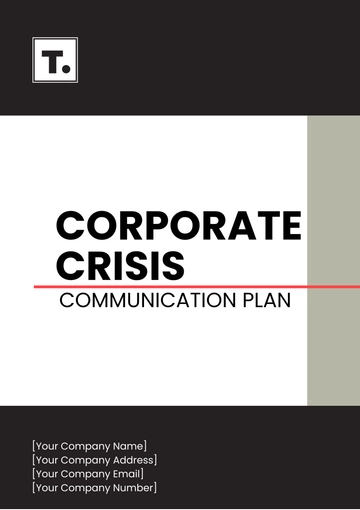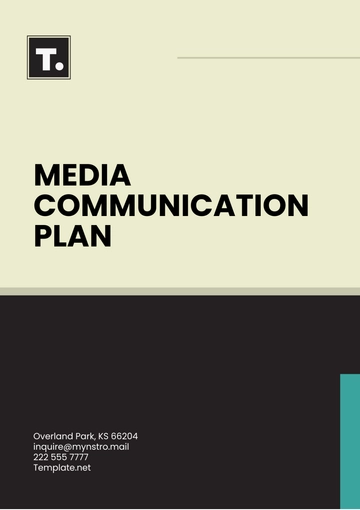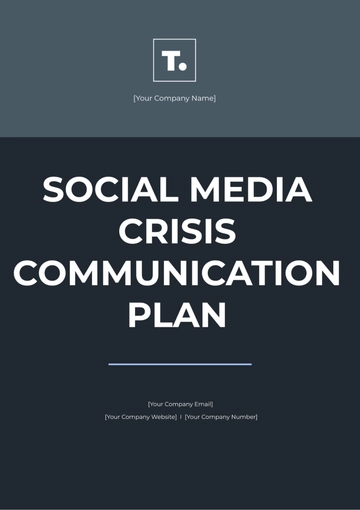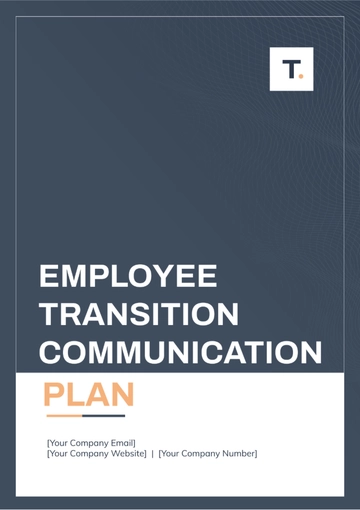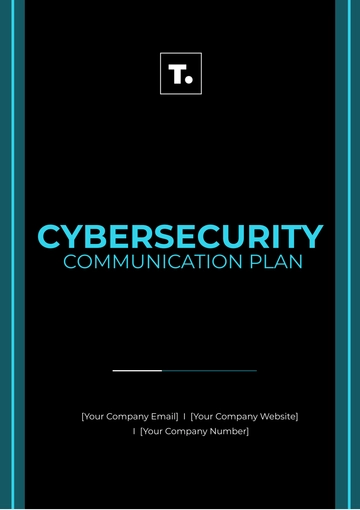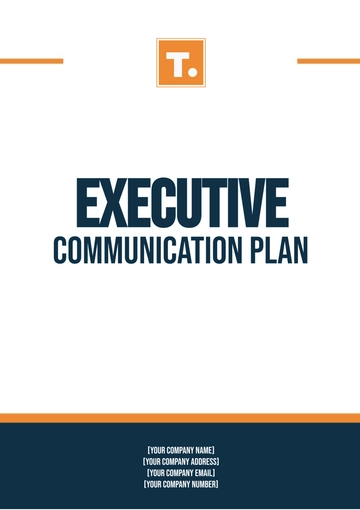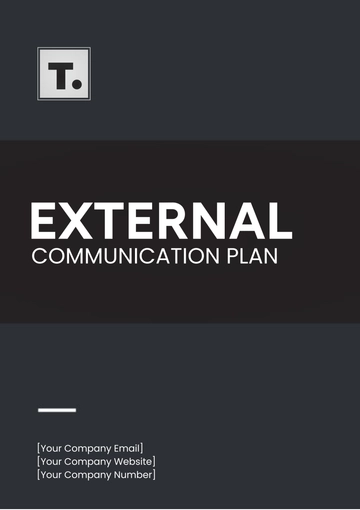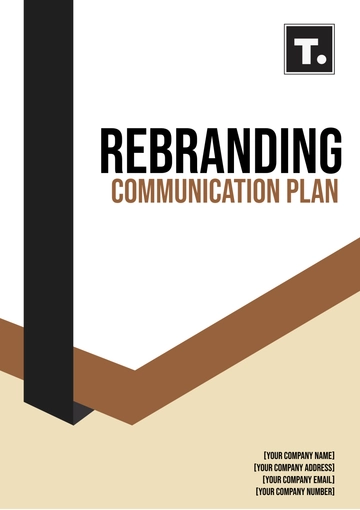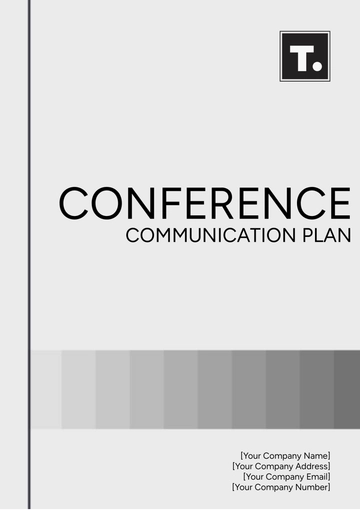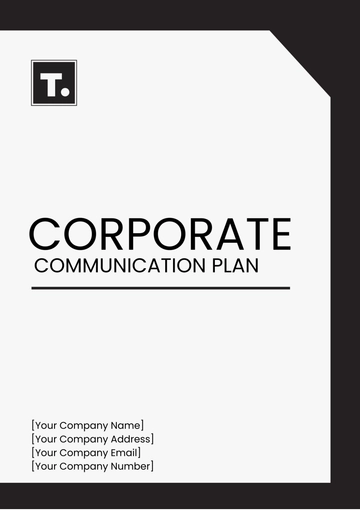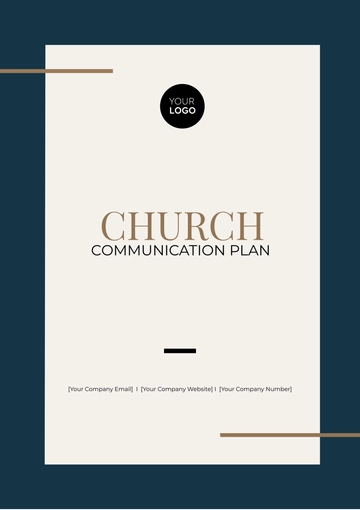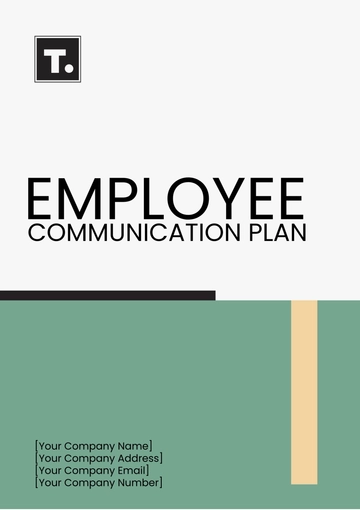Merger Communication Plan
Written by: [Your Name]
I. Introduction:
The merger between [YOUR COMPANY NAME] and [Company B] marks an exciting chapter in the history of both organizations. With this merger, we aim to leverage our combined strengths to drive innovation, enhance market competitiveness, and create value for our stakeholders.
II. Objectives:
[YOUR COMPANY NAME] and [Company B] have identified the following communication objectives for the merger:
Ensure transparency and clarity throughout the merger process.
Minimize uncertainty and address concerns among employees, customers, and other stakeholders.
Maintain employee morale and engagement during the transition period.
Preserve and strengthen relationships with customers, suppliers, and partners.
III. Stakeholder Analysis:
Employees: Seek regular updates on the merger process, job security, and future opportunities within the merged entity.
Executives: Require detailed information on integration plans, synergies, and strategic direction.
Shareholders: Interested in the financial implications of the merger and long-term growth prospects.
Customers: Concerned about potential disruptions to products, services, and customer support.
Suppliers: Need reassurance about continued partnerships and business arrangements.
Regulatory Bodies: Expect compliance with legal and regulatory requirements related to the merger.
IV. Communication Channels:
Email: Regular updates and announcements will be communicated via company-wide emails.
Intranet: A dedicated section on the intranet will provide access to merger-related documents, FAQs, and resources.
Town Hall Meetings: Quarterly town hall meetings will be held to address questions and concerns from employees.
Newsletters: Monthly newsletters will highlight merger progress, achievements, and upcoming milestones.
Social Media: Engage with stakeholders through official social media channels to share merger updates and respond to inquiries.
V. Key Messages:
Key messages for the merger include:
Commitment to maintaining high-quality products and services for customers.
Opportunities for career growth and development for employees.
Strategic vision for the merged entity and its competitive positioning in the market.
Importance of collaboration, teamwork, and cultural integration.
VI. Timing and Frequency Recommendations:
Timing | Frequency Recommendations |
|---|
Communication Updates | Bi-weekly basis, with additional communications for significant milestones or developments |
Critical Announcements | Promptly addressing urgent concerns or changes in the merger process |
VII. Roles and Responsibilities:
Roles | Responsibilities |
|---|
Communication Team | Responsible for developing and executing the Merger Communication Plan |
Department Heads | Act as liaisons between employees and the communication team, providing feedback and disseminating information within their respective departments |
Executives | Lead by example by actively participating in communication initiatives and reinforcing key messages |
VIII. Risk Management:
Risk Management | |
|---|
Identified Risks | Misinformation, resistance, negative public perception |
Response Strategies | Monitor closely, rapid response protocols, and contingency plans |
IX. Employee Engagement Strategies and Feedback Mechanism:
A. Employee engagement initiatives include:
Employee feedback surveys to gather input and identify areas for improvement.
Cross-departmental collaboration projects to foster teamwork and integration.
Recognition programs to celebrate achievements and milestones during the merger process.
B. Multiple feedback channels will be available, including:
Suggestion boxes are placed in common areas for anonymous feedback.
Dedicated email address for submitting questions, concerns, and suggestions.
Quarterly feedback sessions during town hall meetings to address employee questions and concerns.
X. Conclusion:
Effective communication is paramount to the success of the merger between [YOUR COMPANY NAME] and [Company B]. By proactively engaging with stakeholders, addressing concerns, and fostering a culture of openness and transparency, we will navigate this transition period with confidence and emerge stronger together.
Contact Information:
Plan Templates @ Template.net
